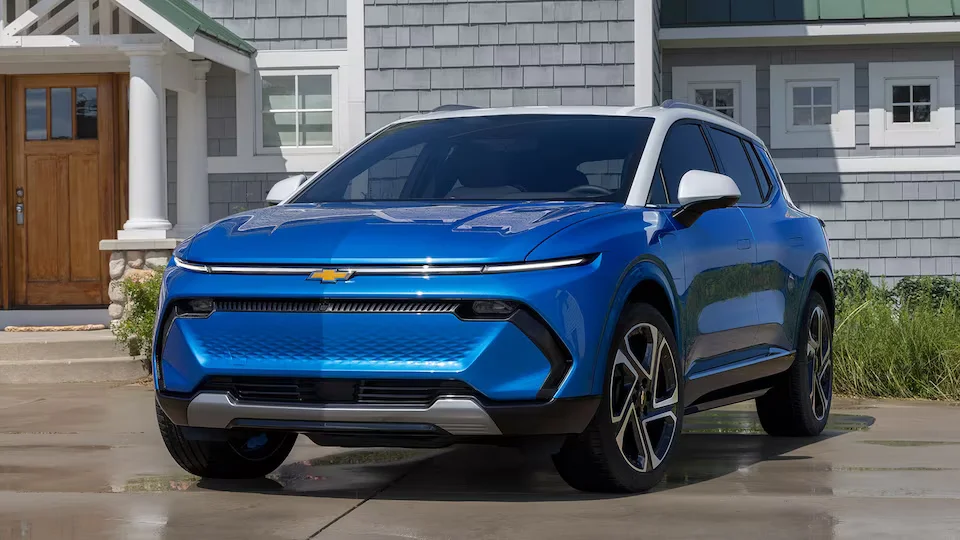For the North American market, Ultium architecture to date has used flat, rectangular pouch cells (23 x 4 x 0.4 inches), produced by a joint LG Energy Solution-GM venture, that can be stacked on top of each other like pancakes or arrayed side by side like books in a bookcase. In other markets, Ultium includes prismatic and blade cells.
GM now says it will broaden its North American Ultium product line beyond pouch cells. “We are expanding our Ultium lineup in North America to include both prismatic and cylindrical cells in addition to pouch cells,” said GM spokesman Philip Lienert, adding that reports of GM adopting Tesla-style 4680 cylindrical cells are not entirely accurate. “Please note, we have not specified the diameter of these [cylindrical] cells,” he said. The 4680 designation refers to the cell’s dimensions: 46 x 80 millimeters.

While GM will continue doing business with South Korea’s LG Energy Solution, it will add another South Korean battery manufacturer to its EV operations. “LG is a valued partner, and we will continue to make pouch cells with them through our joint venture. The cylindrical and prismatic cells will be made through a separate joint venture with Samsung SDI,” Lienert said.
“It’s not a transition, as cylindrical cells and prismatic cells will coexist with pouch cells in North America. We expect these two form factors to go into production in 2026.”
GM has taken heat for its decision to end production of the all-electric Bolt, which is currently the most affordable electric car in the United States, especially given its eligibility for an additional $7,500 federal tax credit. Some critics are drawing comparisons to the company’s unceremonious termination of the groundbreaking EV1 electric car in 1999. But this time around, the death of one electric vehicle is clearing the way for a new generation of more advanced ones.
Bolt sales surged in the last year following a design refresh, the replacement of batteries that posed a fire risk, and a price drop into the unmatched $25,000 range. Since its introduction in late 2016 as the first affordable long-range (up to 259 miles per charge) electric vehicle to enter the U.S. market, the little hatchback has played to mostly positive reviews and engendered a loyal customer base, evidenced by the volumes of rapturous owner posts on the Reddit r/BoltEV thread.

Owners love their Bolts for good reason: they’re quick, space-efficient, economical and green. But in its seventh model year, the car is showing its age and bumping into a technological wall. The main complaint is that the Bolt is slower to charge at DC chargers than all competing EVs, and has limited over-the-air (OTA) software update capability. GM recognizes this and is shifting its EV product line toward the new Ultium architecture, which promises greater range, quicker charging, unconstrained OTA updates and a more adaptable battery-pack concept.
Among the early Ultium vehicles is the Chevrolet Equinox EV, an all-new electric SUV that’s somewhat larger than the Bolt and is due to roll out in late 2023. The base model will debut in the $30,000 range, according to GM – not far off the Bolt’s pricing – and will be accompanied by the more expensive Chevrolet Blazer EV SUV. Other Ultium offerings include the Cadillac Lyriq SUV, and the GMC Sierra EV and Chevrolet Silverado EV pickups. Two Ultium-based GMC Hummer EVs already are in production, while the Buick Electra E5 SUV will debut in 2025.

Whichever battery formats end up in future GM EVs, a mix of cell types plays to Ultium’s strengths, Lienert said. “We did the hard work upfront to make Ultium flexible enough to accommodate different cell types and chemistries,” he said.
.webp)


